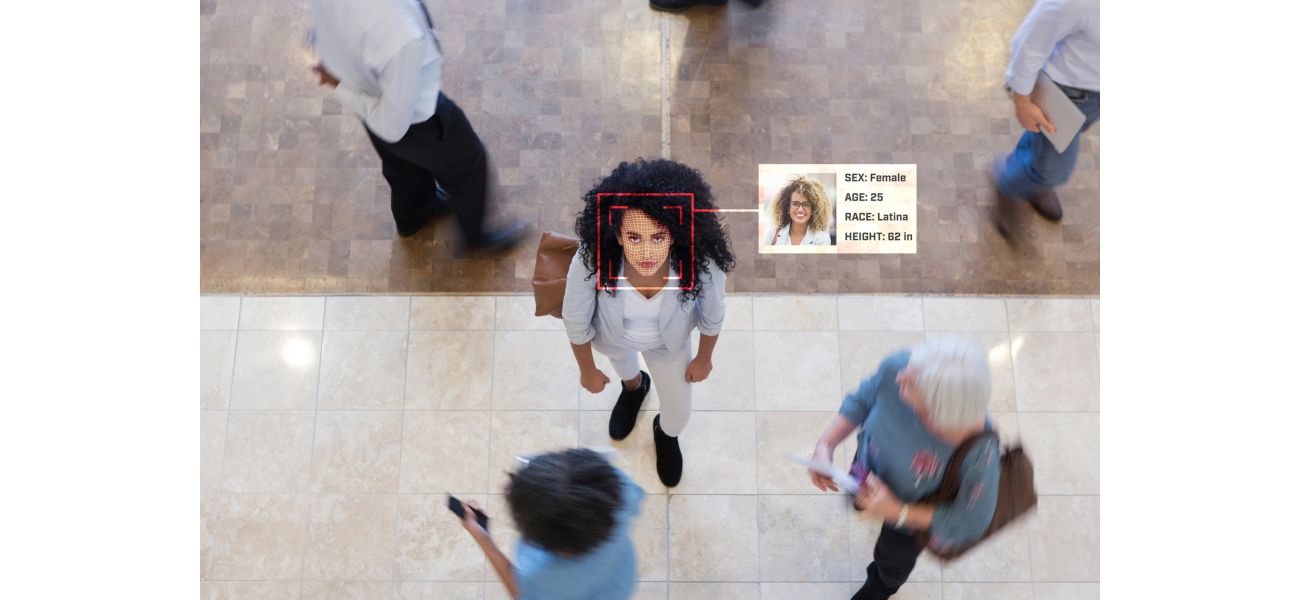Australian retailers may start accepting facial recognition for payments in the future.
You can pay the bill using just your face, no wallet or phone required.
September 4th 2024.

The idea of using our faces to make payments in stores may soon become a reality in Australia, but experts warn that it won't come without a cost. This technology, known as facial recognition payments, is already being used in countries like China and the USA, where it uses biometric data from your face to complete transactions. It eliminates the need for a wallet or phone, as your face alone is enough to pay the bill.
As our society becomes increasingly cashless, researchers from the Queensland University of Technology and University of Technology have delved into how this technology might fare in Australia. According to Dr. Shasha Wang, retailers in Australia could use facial recognition payments to easily catch shoplifters. She explains that this technology is different from retailer surveillance systems that also use facial recognition, but when combined, they could greatly reduce incidents of shoplifting.
Wang also points out that shops with legal access to their customers' faces could more accurately identify thieves, thus reducing the risk of theft. However, when talking to ordinary Australians, researchers found that the main concern was not privacy, but the potential for impulsive and overspending.
One interviewee expressed, "It could be bad because then I've got no way of saying, 'I don't have money on me.' That is when you always have an open purse... Yeah, sadly, facial recognition is always there."
Despite this concern, the researchers believe that Australians may still be willing to use their faces to make payments if the process is seamless and hassle-free. After all, facial recognition technology is not a new concept - most people already have it on their mobile phones. If shoppers can successfully use it on their phones, the researchers predict that they will be open to using it to make transactions in physical stores, cafes, and restaurants.
But it's not all smooth sailing. Co-author and University of Auckland Associate Professor of Marketing, Laszlo Sajtos, points out that the technology's success will also depend on retailers having support staff to assist customers with the technology. Additionally, Australians need to feel in control of the process. If they feel pressured to adopt this payment system, they may reject it altogether.
Another important consideration is privacy. Wang acknowledges that this may be a significant issue for smaller, lesser-known retailers storing customers' personal and financial information. She explains, "Some people think they are OK with this technology because they have used facial recognition to unlock their phone or that their face is already on the internet, but when it comes to payments, this is totally different." Wang notes that this means banks and retailers will have customers' faces stored in their systems, and some people have concerns about this, especially with the rise of deepfakes and other scams.
While paying with our faces may still be a ways off in Australia, it's clear that Australians are not ready to fully embrace a completely cashless society. According to a recent report from Xero, one in four Australians prefer businesses that offer a variety of payment options rather than those that are strictly cashless. The report also found that nearly four in five small businesses believe that a sudden shift to a cashless economy would greatly impact their operations.
So, while facial recognition payments may become a reality in Australia, it's important that businesses and consumers alike consider the potential implications and ensure that the process is fair, transparent, and secure. After all, as the saying goes, with great technology comes great responsibility.
As our society becomes increasingly cashless, researchers from the Queensland University of Technology and University of Technology have delved into how this technology might fare in Australia. According to Dr. Shasha Wang, retailers in Australia could use facial recognition payments to easily catch shoplifters. She explains that this technology is different from retailer surveillance systems that also use facial recognition, but when combined, they could greatly reduce incidents of shoplifting.
Wang also points out that shops with legal access to their customers' faces could more accurately identify thieves, thus reducing the risk of theft. However, when talking to ordinary Australians, researchers found that the main concern was not privacy, but the potential for impulsive and overspending.
One interviewee expressed, "It could be bad because then I've got no way of saying, 'I don't have money on me.' That is when you always have an open purse... Yeah, sadly, facial recognition is always there."
Despite this concern, the researchers believe that Australians may still be willing to use their faces to make payments if the process is seamless and hassle-free. After all, facial recognition technology is not a new concept - most people already have it on their mobile phones. If shoppers can successfully use it on their phones, the researchers predict that they will be open to using it to make transactions in physical stores, cafes, and restaurants.
But it's not all smooth sailing. Co-author and University of Auckland Associate Professor of Marketing, Laszlo Sajtos, points out that the technology's success will also depend on retailers having support staff to assist customers with the technology. Additionally, Australians need to feel in control of the process. If they feel pressured to adopt this payment system, they may reject it altogether.
Another important consideration is privacy. Wang acknowledges that this may be a significant issue for smaller, lesser-known retailers storing customers' personal and financial information. She explains, "Some people think they are OK with this technology because they have used facial recognition to unlock their phone or that their face is already on the internet, but when it comes to payments, this is totally different." Wang notes that this means banks and retailers will have customers' faces stored in their systems, and some people have concerns about this, especially with the rise of deepfakes and other scams.
While paying with our faces may still be a ways off in Australia, it's clear that Australians are not ready to fully embrace a completely cashless society. According to a recent report from Xero, one in four Australians prefer businesses that offer a variety of payment options rather than those that are strictly cashless. The report also found that nearly four in five small businesses believe that a sudden shift to a cashless economy would greatly impact their operations.
So, while facial recognition payments may become a reality in Australia, it's important that businesses and consumers alike consider the potential implications and ensure that the process is fair, transparent, and secure. After all, as the saying goes, with great technology comes great responsibility.
[This article has been trending online recently and has been generated with AI. Your feed is customized.]
[Generative AI is experimental.]
0
0
Submit Comment





